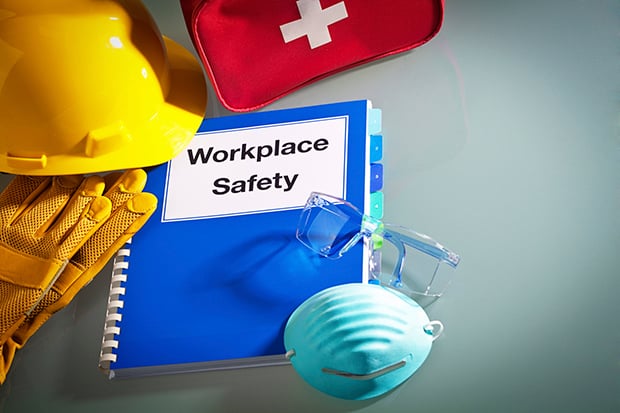 For businesses that are open, workplace safety procedures are critical to keeping essential workers safe and healthy. (Photo: iStock)
For businesses that are open, workplace safety procedures are critical to keeping essential workers safe and healthy. (Photo: iStock)
Grocery clerks. Restaurant staff. Public transit workers. Gas station attendants. Mail carriers. Truck drivers. Warehouse and food processing workers. Public safety officers. And, of course, healthcare professionals. They all are essential workers.
Recommended For You
Want to continue reading?
Become a Free PropertyCasualty360 Digital Reader
Your access to unlimited PropertyCasualty360 content isn’t changing.
Once you are an ALM digital member, you’ll receive:
- Breaking insurance news and analysis, on-site and via our newsletters and custom alerts
- Weekly Insurance Speak podcast featuring exclusive interviews with industry leaders
- Educational webcasts, white papers, and ebooks from industry thought leaders
- Critical converage of the employee benefits and financial advisory markets on our other ALM sites, BenefitsPRO and ThinkAdvisor
Already have an account? Sign In Now

